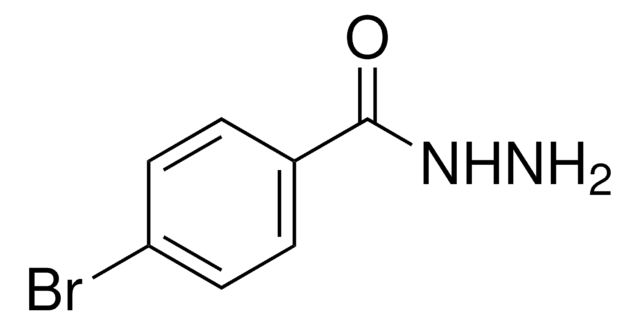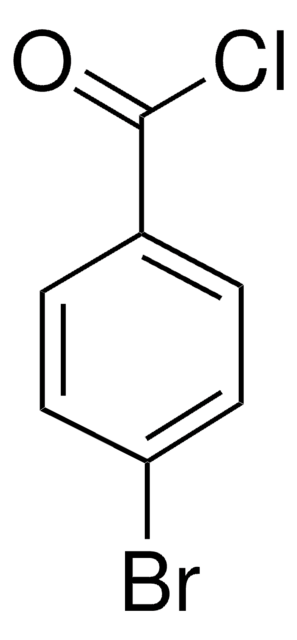SMB00807
Glycolithocholate sulfate
≥95% (HPLC)
Synonym(s):
Glycolithocholic acid 3-sulfate, Sulfoglycolithocholic acid, Sulfolithocholylglycine
About This Item
Recommended Products
Assay
≥95% (HPLC)
shipped in
wet ice
storage temp.
−20°C
SMILES string
[S](=O)(=O)([O-])O[C@H]1C[C@@H]2[C@@]([C@@H]3[C@H]([C@H]4[C@@]([C@H](CC4)[C@@H](CCC(=O)NCC(=O)O)C)(CC3)C)CC2)(CC1)C
InChI
1S/C26H43NO7S/c1-16(4-9-23(28)27-15-24(29)30)20-7-8-21-19-6-5-17-14-18(34-35(31,32)33)10-12-25(17,2)22(19)11-13-26(20,21)3/h16-22H,4-15H2,1-3H3,(H,27,28)(H,29,30)(H,31,32,33)/p-1/t16-,17-,18-,19+,20-,21+,22+,25+,26-/m1/s1
InChI key
FHXBAFXQVZOILS-OETIFKLTSA-M
1 of 4
This Item | B59209 | B59179 | B3809 |
|---|---|---|---|
| assay 98% | assay 98% | assay 98% | assay 98% |
| Quality Level 200 | Quality Level 100 | Quality Level 100 | Quality Level 200 |
| mp 165-167 °C (lit.) | mp 36-39 °C (lit.) | mp 8-10 °C (lit.) | mp 101-103 °C (lit.) |
| functional group amine | functional group - | functional group - | functional group - |
General description
Application
Features and Benefits
- Can be used in Metabolomics and Biochemical research
- High-quality compound suitable for multiple research applications
Other Notes
Storage Class Code
11 - Combustible Solids
WGK
WGK 3
Flash Point(F)
Not applicable
Flash Point(C)
Not applicable
Choose from one of the most recent versions:
Certificates of Analysis (COA)
Don't see the Right Version?
If you require a particular version, you can look up a specific certificate by the Lot or Batch number.
Already Own This Product?
Find documentation for the products that you have recently purchased in the Document Library.
Our team of scientists has experience in all areas of research including Life Science, Material Science, Chemical Synthesis, Chromatography, Analytical and many others.
Contact Technical Service








